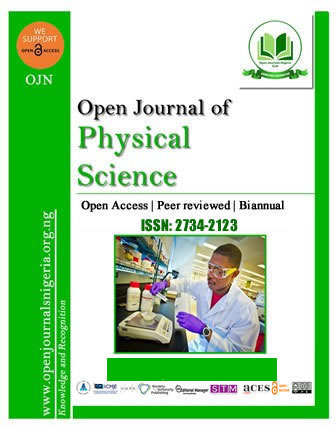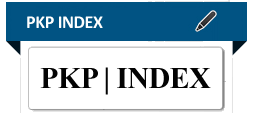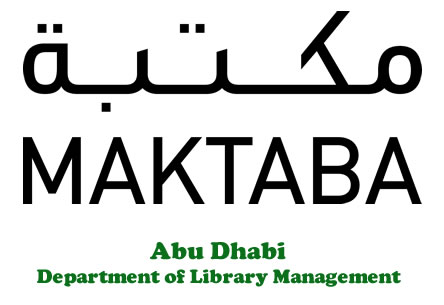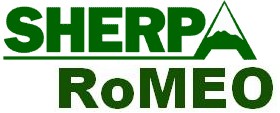PERFORMANCE EVALUATION OF VERY LOW FREQUENCY (VLF) TECHNIQUES FOR AQUIFER CONTAMINATION ASSESSMENT
DOI:
https://doi.org/10.52417/ojps.v4i2.542Keywords:
Aquifer contamination, Assessment, Environmental monitoring, Electromagnetic waves, VLF techniques, Validation.Abstract
This study explores the efficacy of VLF techniques in mapping aquifer contamination. Conducted in Agbor, a city within Delta State, Nigeria, the study focuses on a contaminated aquifer of approximately 5 km² known for nitrate, petroleum hydrocarbon, and heavy metal contamination. The methodology involves VLF data collection using a Geonics EM-16 VLF receiver and transmitter, subsequent analysis using Geonics VLF2XYZ software, and comparison with traditional groundwater monitoring methods. The results indicated that VLF surveys effectively differentiate between contaminated and clean areas based on subsurface conductivity. The study demonstrates the cost-effectiveness and efficiency of VLF techniques compared to traditional methods, as VLF surveys cover larger areas in less time without drilling. Interpreting VLF resistivity maps reveals potential contamination areas, aiding in identifying contaminant sources and pathways. The validation framework assesses VLF techniques' accuracy, precision, sensitivity, and robustness, emphasizing the need for careful interpretation and validation with traditional methods. Implications for aquifer contamination assessment include mapping contamination extent, identifying new contamination areas, and monitoring remediation efforts. The study concludes that VLF techniques offer a promising and cost-effective method for aquifer contamination assessment. Recommendations include incorporating VLF techniques into site investigation programs, further research to optimize VLF technologies, site-specific investigations based on VLF survey results, and regular VLF surveys for ongoing monitoring and risk assessment. Overall, the findings contribute to alternative methods for aquifer contamination assessment, enhancing understanding and managing groundwater resources.
Published
How to Cite
Issue
Section
Copyright (c) 2023 Ighrakpata et al.

This work is licensed under a Creative Commons Attribution 4.0 International License.




















